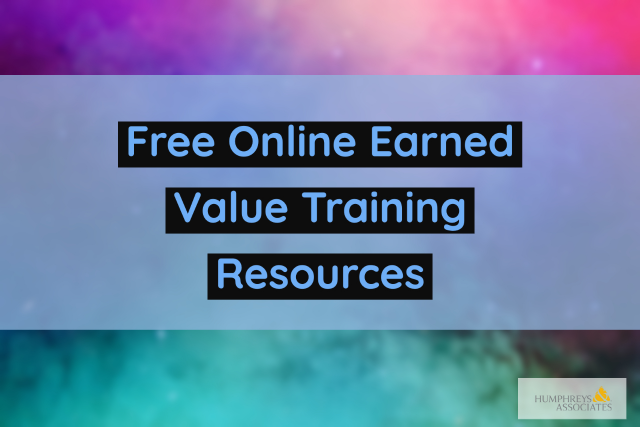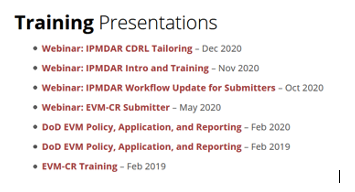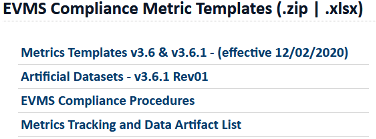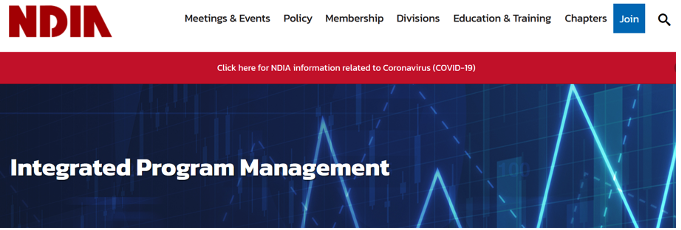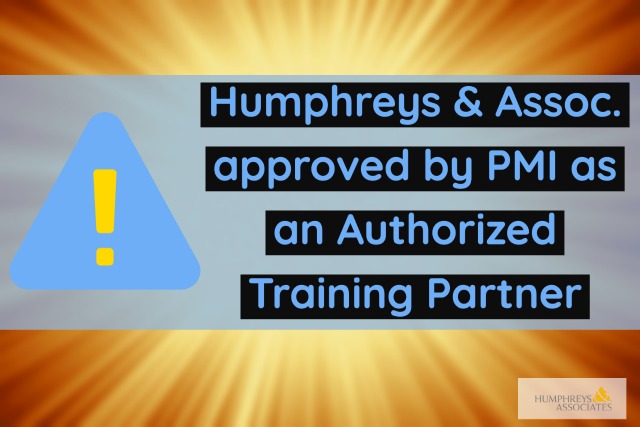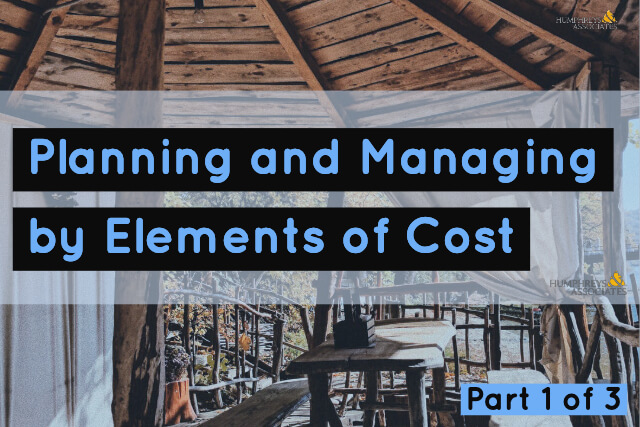Tips for Implementing Effective Earned Value Training
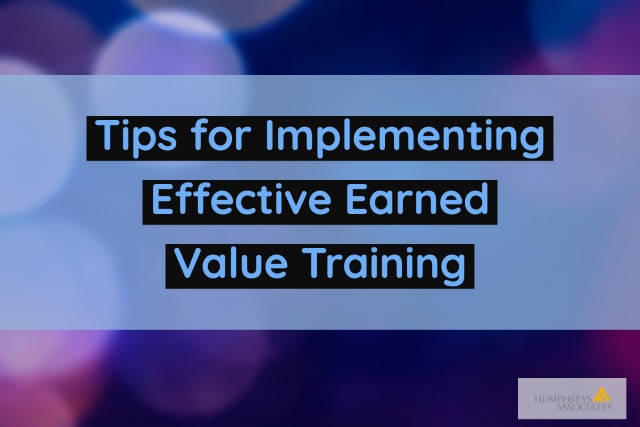
Likely you have been on the receiving end of this advice. The common solution to every problem seems to be: do more training. Well, yes, that is often a logical conclusion. The hard part is, how do you implement earned value training that actually helps project personnel improve their knowledge levels and skill sets that makes a difference in how projects are managed? Conducting training just to check something off a to-do list is a waste of everyone’s time.
Here are a few tips to help you implement an effective EVM training plan.
Tip 1 – What’s the problem you want to resolve?
A clear understanding of the problem you want to solve helps determine the scope of the training, who needs the training, and what kind of training will make a difference. Here are a few examples to illustrate a range of the scope of the training from the complex to targeted training.
- The good news? You just won a government contract with EVMS contract clauses. The bad news? Your company’s project control system is immature at best and will need to become more disciplined to support the contractual EVMS requirements. You are going to need a robust education and training plan to rapidly increase the project control maturity level of your company. Likely you will need to enhance your current project control practices, add process and procedures, perhaps implement new software tools, and educate a variety of functional managers and project personnel on the upgraded best practices they will need to follow.
- You have an influx of new project personnel that need to learn the ropes. Where are they with their current skill sets and what will help them improve? Perhaps they have a basic understanding of project control or scheduling, but don’t know how to apply your company’s preferred practices or how to effectively use the software tools. They may need a broader earned value training plan that covers a number of disciplines or hands-on workshops that combine process training and using the software tools to effectively perform their project control tasks.
- You have a contractual or audit event coming up. Examples include an Integrated Baseline Review (IBR) for a new project or the DCMA is coming in to do a compliance review. That means you need to make sure all levels of project personnel are prepared for the review and that quality schedule and cost data have been established. Different types of focused training or mentoring is often required to prepare for these events where there is interaction with the customer project manager or audit agency personnel. Personnel knowledge, the EVMS, how they apply the EVMS on their project, and data traceability will all be assessed.
- As part of your internal process improvement activities, you discover a number of control account managers (CAMs) are having difficulty producing useful variance analysis report (VAR) narratives. Or, perhaps the schedulers are having trouble creating or maintaining their integrated master schedules (IMS) to the level of data quality you expect. Targeted or role specific training could make a difference here.
Tip 2 – Determine what you need to accomplish your training objective
Here is a sort list of factors to consider as you begin to sort out what type of training or training materials you need to have in place to accomplish your training objectives.
- Do you intend to create and maintain a set of EVM related training materials internally? What types of materials you intend to maintain? This could be a range of materials such as instructor led presentation and course materials, role specific training materials or templates, desktop instructions, online help, or self-paced instructional videos. Do you have the personnel, time, and budget to do this? Do you have the internal EVM expertise? You may need help creating your internal materials or you may need to rely on outside services to supplement your internal training.
- How do you intend to deliver the earned value training, how often, and how many people? A day or two dedicated to classroom instruction may or may not be option. Perhaps project personnel need to complete the training remotely or are only available for a short duration. How do you accomplish your training objectives and verify personnel are applying what they are learning?
- You need to prepare a contractual event such as an IBR. This presents a different set of factors and you may or may not have a process or EVM expertise in place to handle this. Depending on your company, you may have the internal project management resources you can pull from another division to help the project personnel prepare for the event and perform an independent review of the schedule and cost data. How do you intend to handle these events?
- Targeted training to address a recurring issue or a unique project situation such an implementing an over target baseline/over target schedule (OTB/OTS). For example, targeted training would be useful for CAMs or schedulers that need help getting to the next level of proficiency. One option could be to solicit the help of an internal “power user” to help mentor project personnel in how to do things or how to effectively use the software tools. Or, you could leverage the expertise of outside services to help mentor them and expand the base of proficient project personnel over time.
Tip 3 – Who you select to help you with your earned value training objectives matters
There are a number of companies that offer earned value and related training. There are a number of factors to consider as you start to evaluate their services, expertise, scope and availability of training materials, and range of training options.
There is a reason why H&A has been the leading provider of earned value training and earned value consulting services for over four decades. We have proven, cost effective approaches to increasing your project control team’s skills so they become more valuable assets to your organization. For example:
- We have built the largest, most comprehensive library of training materials in the EVM consulting industry including basic and advanced courses as well as specific topic areas such as developing a WBS, OTB/OTS, preparing a VAR or government performance report, subcontract management, change management, or IBRs.
What’s the benefit to you? Should you need source material for a training course, our courses are available for lease and can be tailored to your environment. You don’t have to start from scratch. We actively maintain our course materials and provide updates as requirements change over time including specific versions for DoD, DOE, and NASA. This takes the burden off you and reduces the cost of keeping up with changes. We provide train-the-trainer sessions for the courses, so your company’s training department can become proficient with the materials to build out your internal training library over time.
- We offer our hands-on courses as public workshops, in-house, or remotely. We also offer our most popular three-day workshops as distance learning courses. We refer to these as our EVMS Virtual Learning Lab and Scheduling Virtual Learning Lab (VLL) so your project personnel can learn at their own pace – even if they are working from home. The benefit is you can select a combination of training options to fit your needs as well as personnel availability or location.
- We offer two career path certifications you could leverage to assist project personnel looking to advance their knowledge and skills. We created the H&A Control Account Manager (CAM) Certification program over 5 years ago and approximately 600 people have gone through this rigorous certification process. We also created a Project Control/Analyst (PC/A) Certification for personnel that support CAMs and Project Managers. These certifications mean the individual has demonstrated a knowledge level that establishes a sound foundation for success as a CAM or PC/A.
- H&A senior personnel typically have over 30 years of experience in industry, government, and consulting across a variety of industries. When you need help with an IBR or government compliance review, our consultants can help prepare and mentor your project personnel to successfully navigate the review process as well as perform data traces with them to verify the quality of the schedule and cost data. When you need help training personnel on a specific EVM topic such as OTB/OTS or how to prepare a VAR that requires additional EVM expertise, we can conduct the training for you whether in-house or remotely.
You can rely on the H&A team of experts to help you with your EVM, scheduling, and related training needs. For more information about our courses, descriptions, and delivery options, visit our web page at: https://www.humphreys-assoc.com/evms/evms_training_courses.php.
Tips for Implementing Effective Earned Value Training Read Post »

